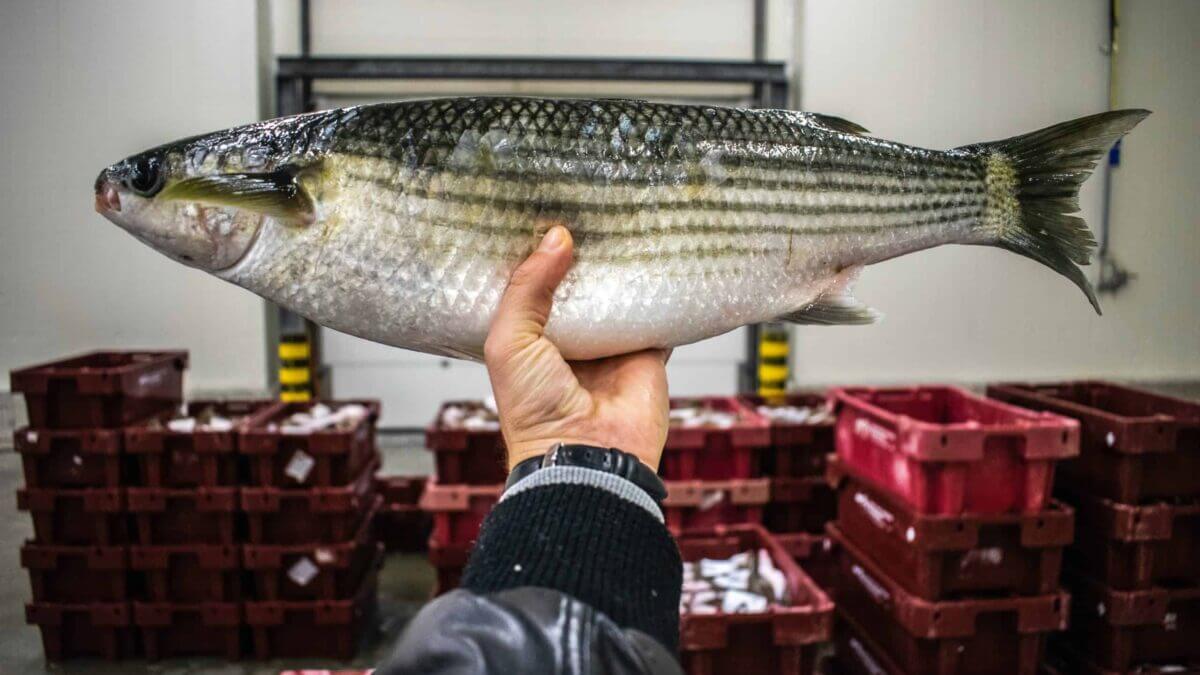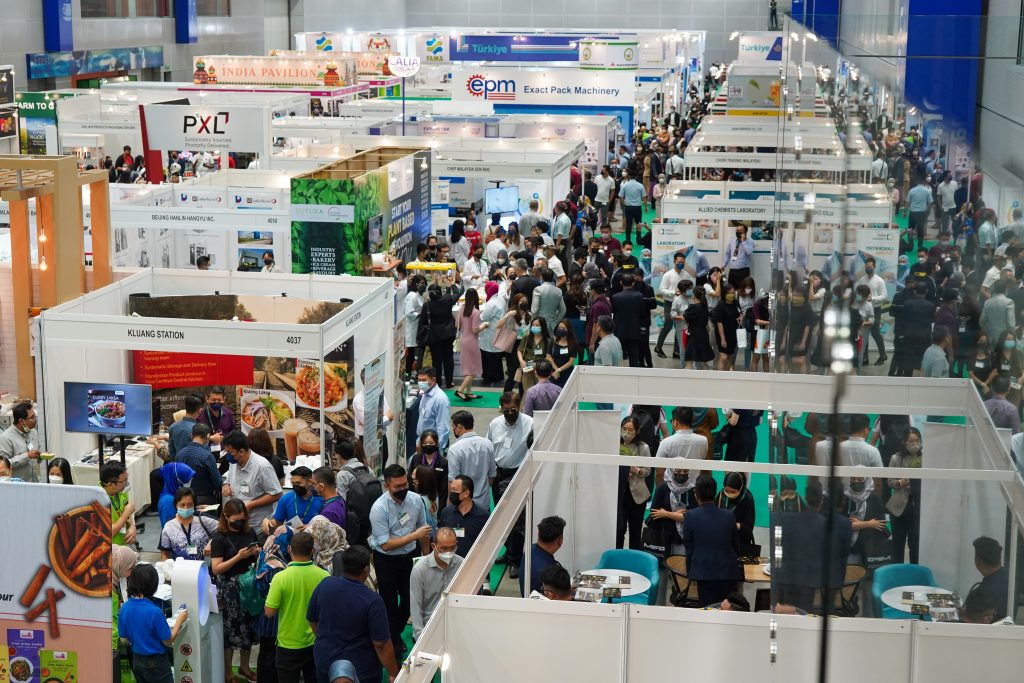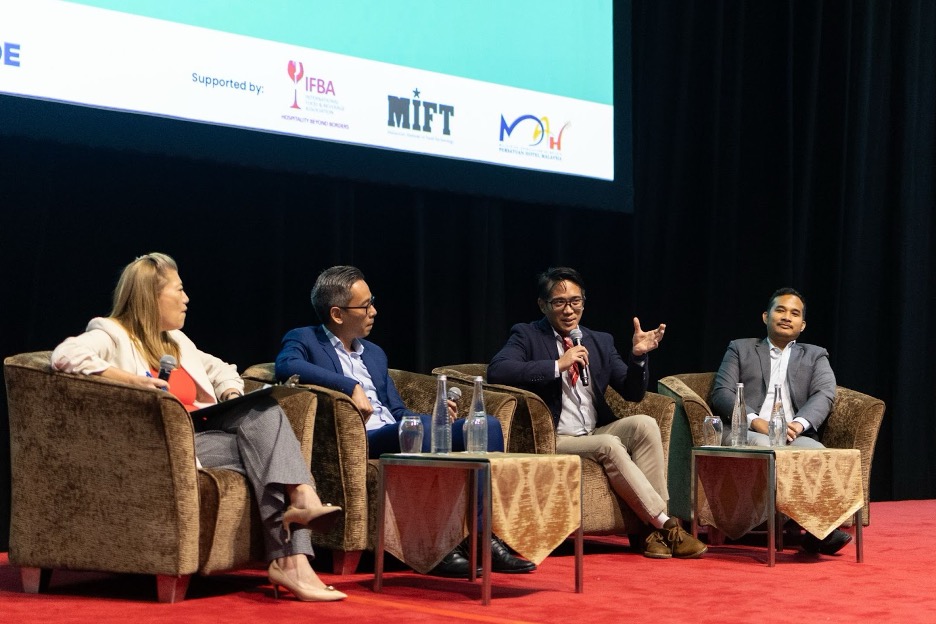Compared to other animal proteins, the seafood sector is the most complex and diverse. It is based on more species and it comprises a vast array of different technologies, which tends to complicate the analysis of emerging trends.
The seafood business is truly globalized. Globalization is an advanced process in the seafood industry. From exports of raw materials and processed to semi-processed, to imports for consumption, re-imports, all in all, a very globalized business.
Food and Beverage companies need to learn about the Seafood and Fishery sectors as they tend to take place in future food produces.
Here are the basics you need to know about the Seafood and Fishery sector.
- Growing demand for seafood protein
Global production of fish and seafood has quadrupled over the past 50 years. According to the Fisheries Development Authority of Malaysia (2020), the International seafood trade ensures food security and contributes to Malaysia’s economic growth. As of 2018, the amount of seafood imported and exported to/from Malaysia were 1,249,539 t (1.48 billion USD22) and 232,516 t (632.08 million USD3), respectively, with a net import quantity of 1,017,023 t. As the Covid-19 impact slow-up, the global demand for seafood product also plunged.
- Steady Supply
The consumers and the customers of the seafood industry, the steadily growing retail industry insists that supplies are steady. For that seafood, companies need a certain critical minimum size, not only because they need to supply regularly, but also need to have marketing and negotiating power.
- Management of Fishery Resources
This growing importance of fish and seafood in international trade and for regional food security accentuates the need for effective management of fishery resources and brings to the fore a number of challenges. These include over-fishing, coastal degradation, overcapacity, discards, pollution, climate change, fish hygiene and food quality.



